- Discover the Rugged Beauty of Iceland with Steph Vella
-
“Known for its otherworldly beauty, vast and contrasting landscapes, Iceland is the perfect playground for budding and professional photographers alike.”
Steph Vella
Steph Vella is a passionate travel, landscape and portrait photographer based in Sydney. She’s explored the world in search of the perfect frame but names Iceland as her ultimate bucket-list destination for travel and landscape photography. Here Steph shares her tips on finding the best photography locations in Iceland, as well as her recommended camera settings, gear and lenses for travel and landscape photography.
Ever since I was a kid, I’ve absolutely loved travelling. Exploring and experiencing different parts of the world is my absolute favourite thing to do.
“I am constantly in awe of the natural beauty we have all around us and it is my life’s passion to try to capture and share even just some of it with my camera.”
Steph Vella
Photographing Iceland held the number one spot on my travel photography bucket list and it was a dream that became a reality for me recently.
Known for its otherworldly beauty, vast and contrasting landscapes, Iceland is the perfect playground for budding and professional photographers alike. From gigantic waterfalls and incredible glaciers to majestic wild horses as well as the jaw dropping Aurora Borealis (Northern Lights), Iceland is home to some of the most beautiful landscapes that Mother Nature has to offer.
One of my favourite things to shoot as a landscape photographer is waterfalls, and Iceland is full of them! Iceland’s beaches are also incredible—like nothing I have ever seen before. There is so much to see, do and photograph in Iceland, but here are a few places and moments that stood out to me.
• Skógafoss Waterfall
I just couldn’t get past the intensity of Skógafoss. Located in the south of Iceland, it’s one of Iceland’s largest waterfalls, with an astonishing width of 25 metres and a drop height of 60 metres. Skógafoss is so powerful that it sounds like thunder. Definitely a grand sight to witness and photograph.
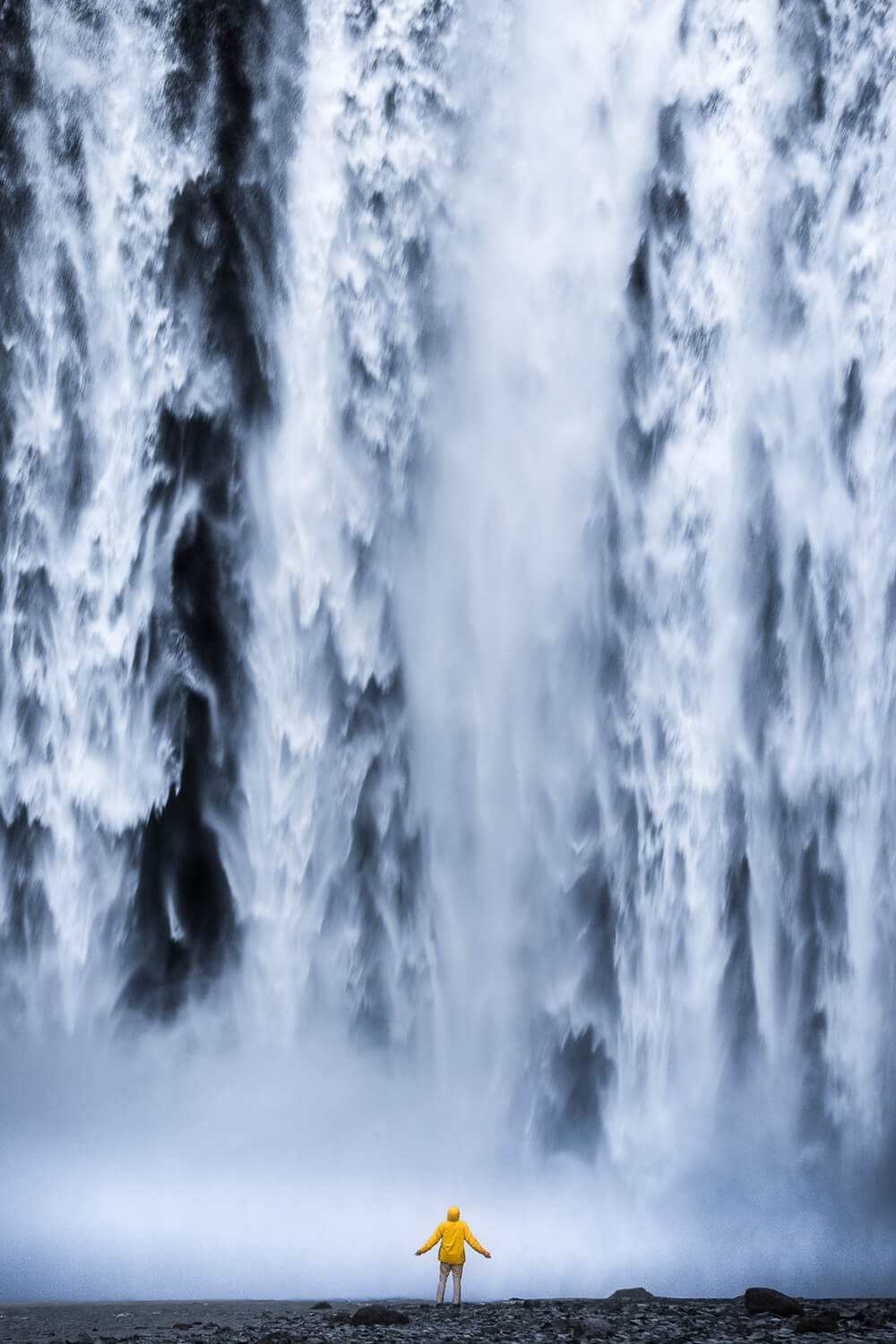
• Seljalandsfoss Waterfall
Less than half an hour away from Skógafoss is Seljalandsfoss, another incredible waterfall. You can actually walk all the way around it, giving you endless options for composing your shots.
If you walk just north of here, you will also come across Gljúfrafoss waterfall (pictured below) which typically has fewer tourists—the views are just as remarkable. The falls are partially obscured by the cliff rock, but you can follow a trail to enter the narrow canyon where the water plummets into a small pool below.
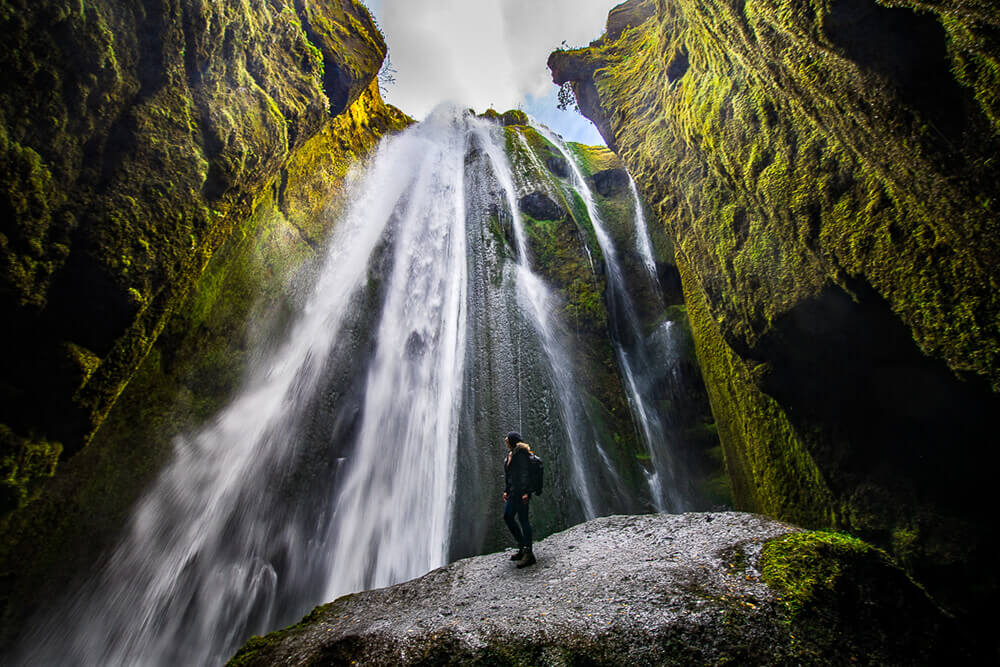
• Kirkjufellsfoss Waterfall
Another excellent photo spot is Kirkjufellsfoss waterfall. It’s located at the foot of Iceland’s most iconic mountain and is beautiful at any time of the year. This classic location is understandably popular with tourists and photographers alike, so try getting there for sunrise if you want to avoid the crowds.
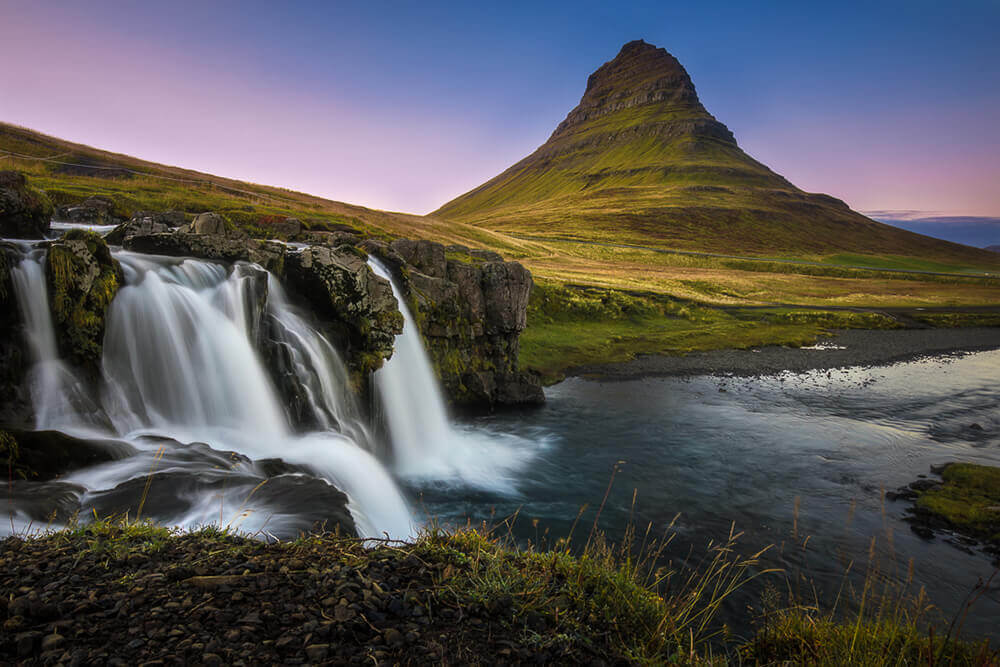
• Goðafoss Waterfall
If you’re up in northern Iceland then Goðafoss should also be on your shoot list. Although it may be smaller and less powerful than some of Iceland’s other falls, its interesting form makes it one of the most beautiful in the country.
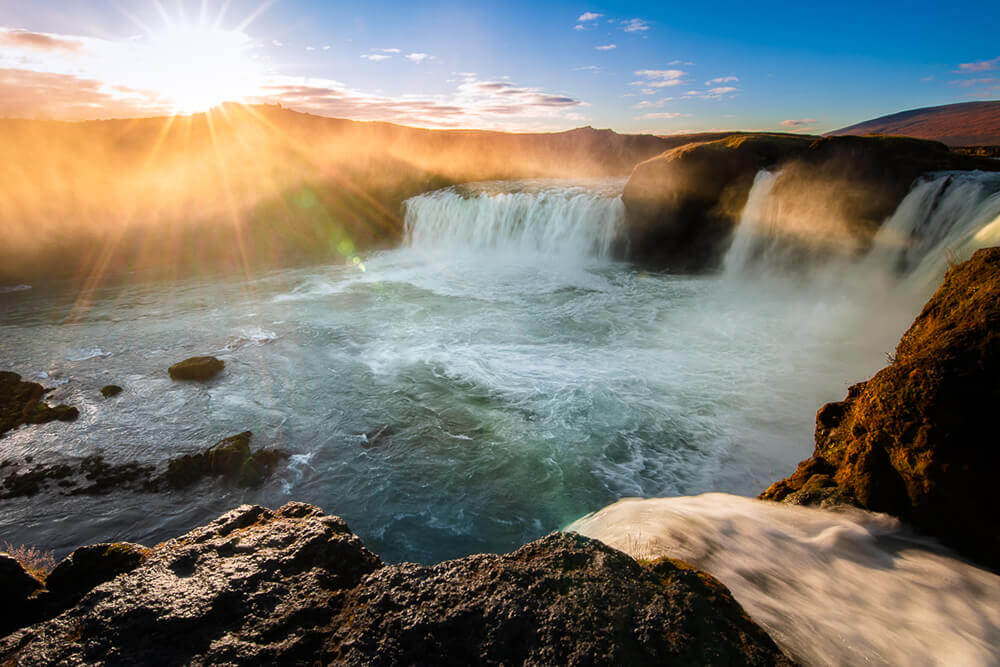
• Diamond Beach
At Diamond Beach in south-east Iceland, Icebergs from a nearby glacial lagoon wash up on shore and glisten in incredible contrast on the black sand beach. This is a firm favourite amongst photographers, and for good reason…
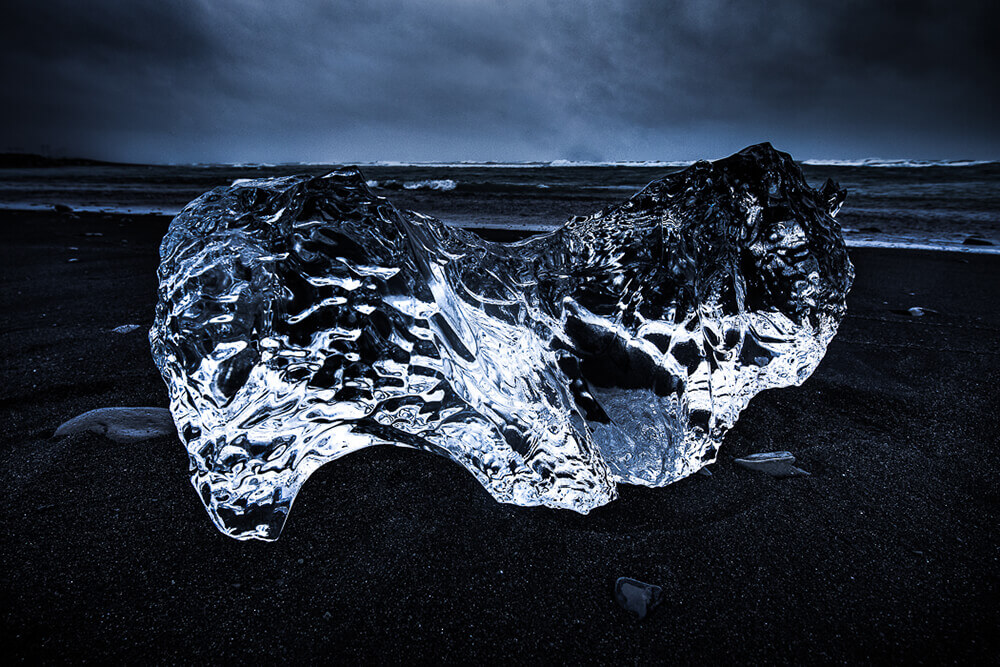
• Fjaðrárgljúfur Canyon
Grand doesn’t even begin to describe the magnificence of Fjaðrárgljúfur Canyon. This darkly picturesque canyon is a humbling two million years old and almost feels as if you’re on another planet. It’s definitely one of Iceland’s must-see photography spots.
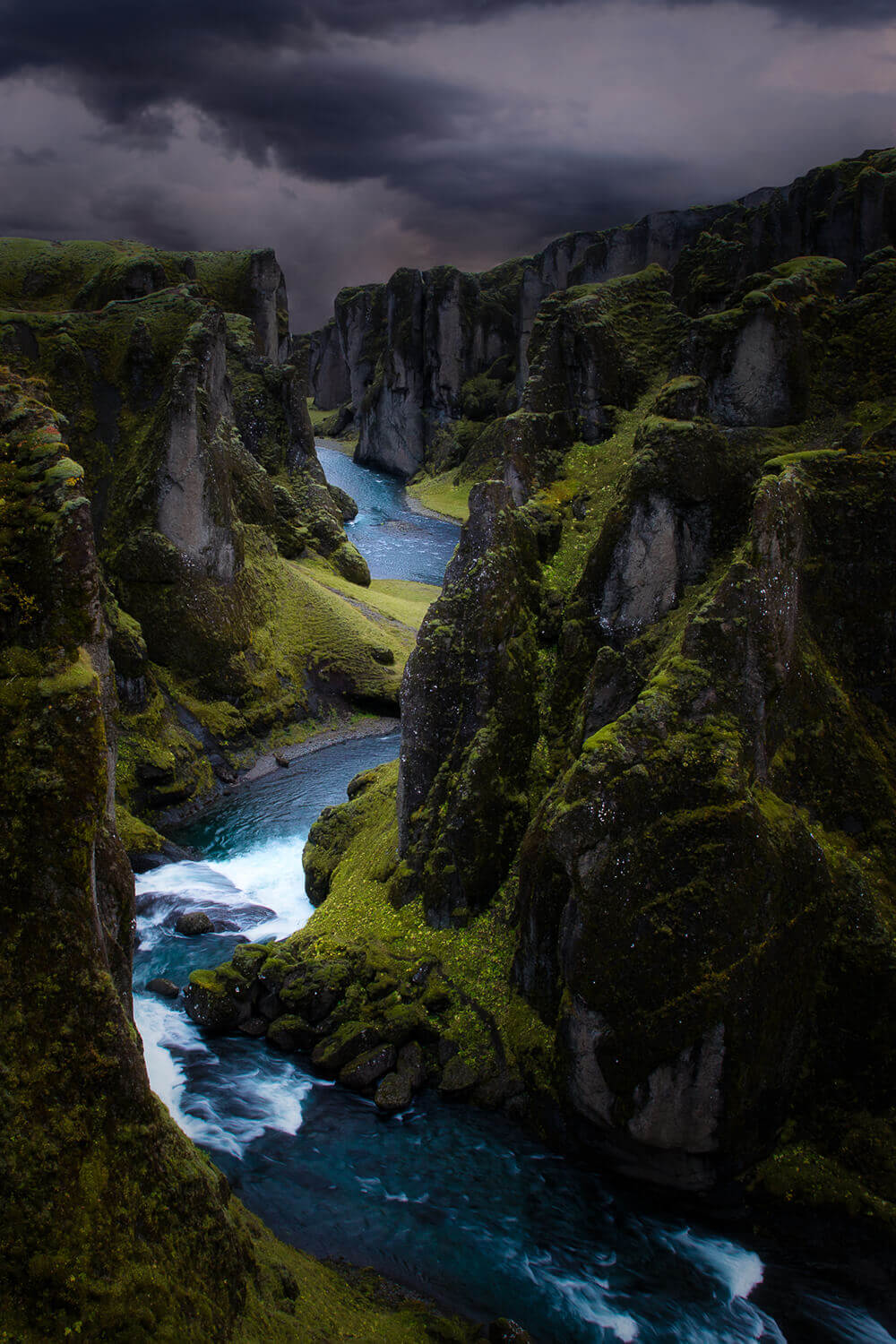
• Vatnajökull Glacier
Glaciers are one of the most mysterious natural wonders in the world and Iceland is a bona fide glacial paradise. Vatnajökull, or Water Glacier in English, is the largest glacier in Iceland and one of those places you simply have to experience in person to truly understand. It was almost hard to comprehend its sheer size as I witnessed a group of hikers trekking across the aqua blue glacier. Its scale is truly mind-blowing.
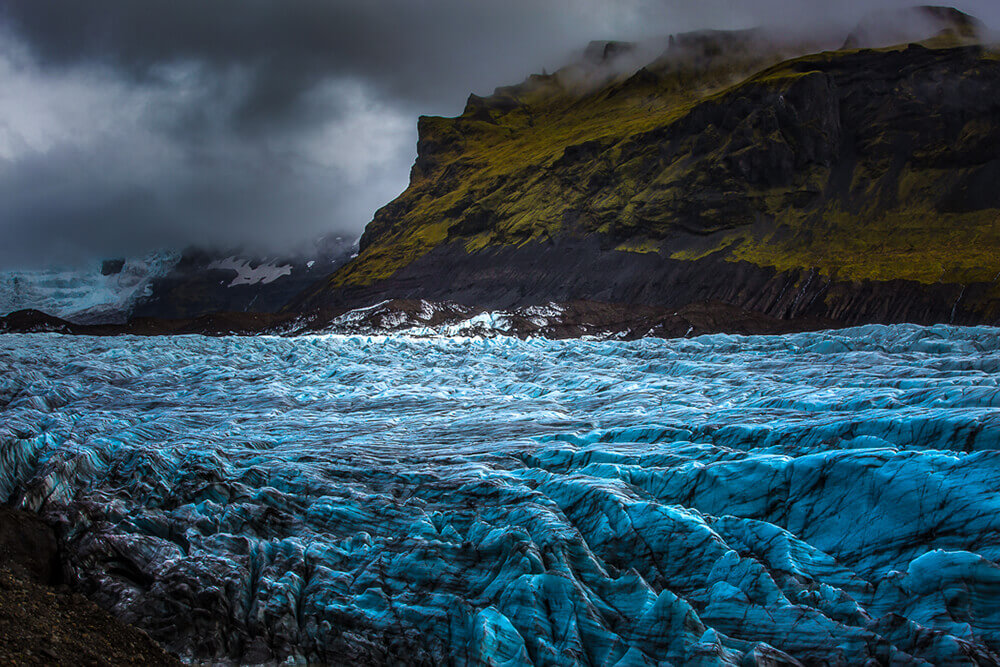
As incredible as Iceland is from the ground, the views can be even more spectacular from the air. If you get a chance to do a windows-down flight, I highly recommend it!
“With my camera gripped tight, nothing was more exhilarating than having my arms outside of a plane, battling the wind and cold and trying to capture the beauty of the landscapes surrounding me.”
Steph Vella
Seeing how quickly the Icelandic landscape drastically changes from above truly is a sight to behold!
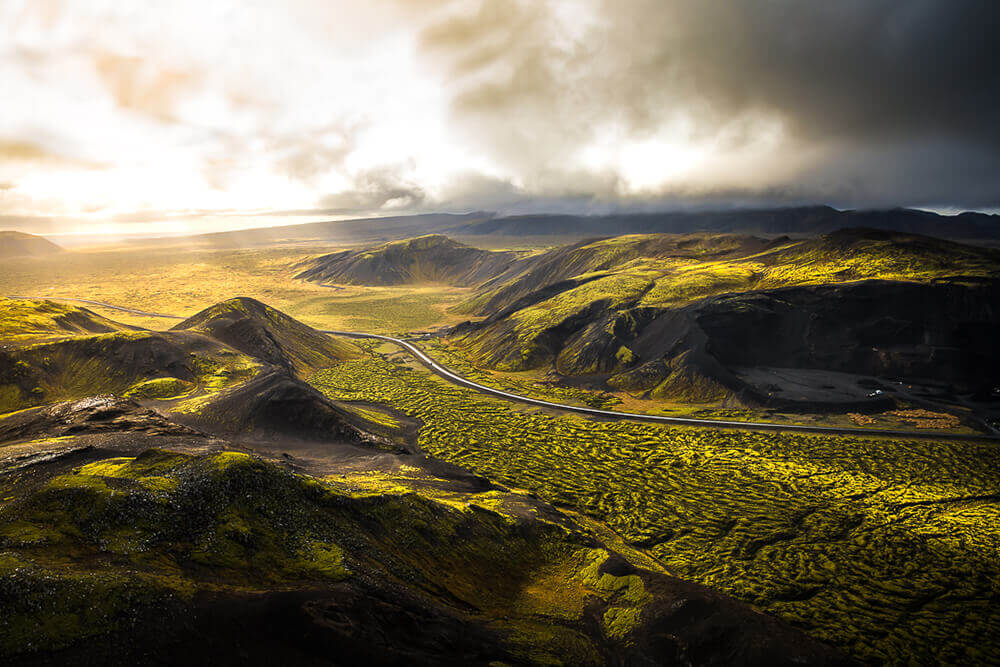
When travelling around Iceland you will more than likely encounter Iceland’s gorgeous wild horses roaming the countryside.
“These are proper stop-the-car-and-grab-your-camera moments.”
Steph Vella
These horses are really friendly and make beautiful models for photographers. Some will even eat grass out of your hands!*
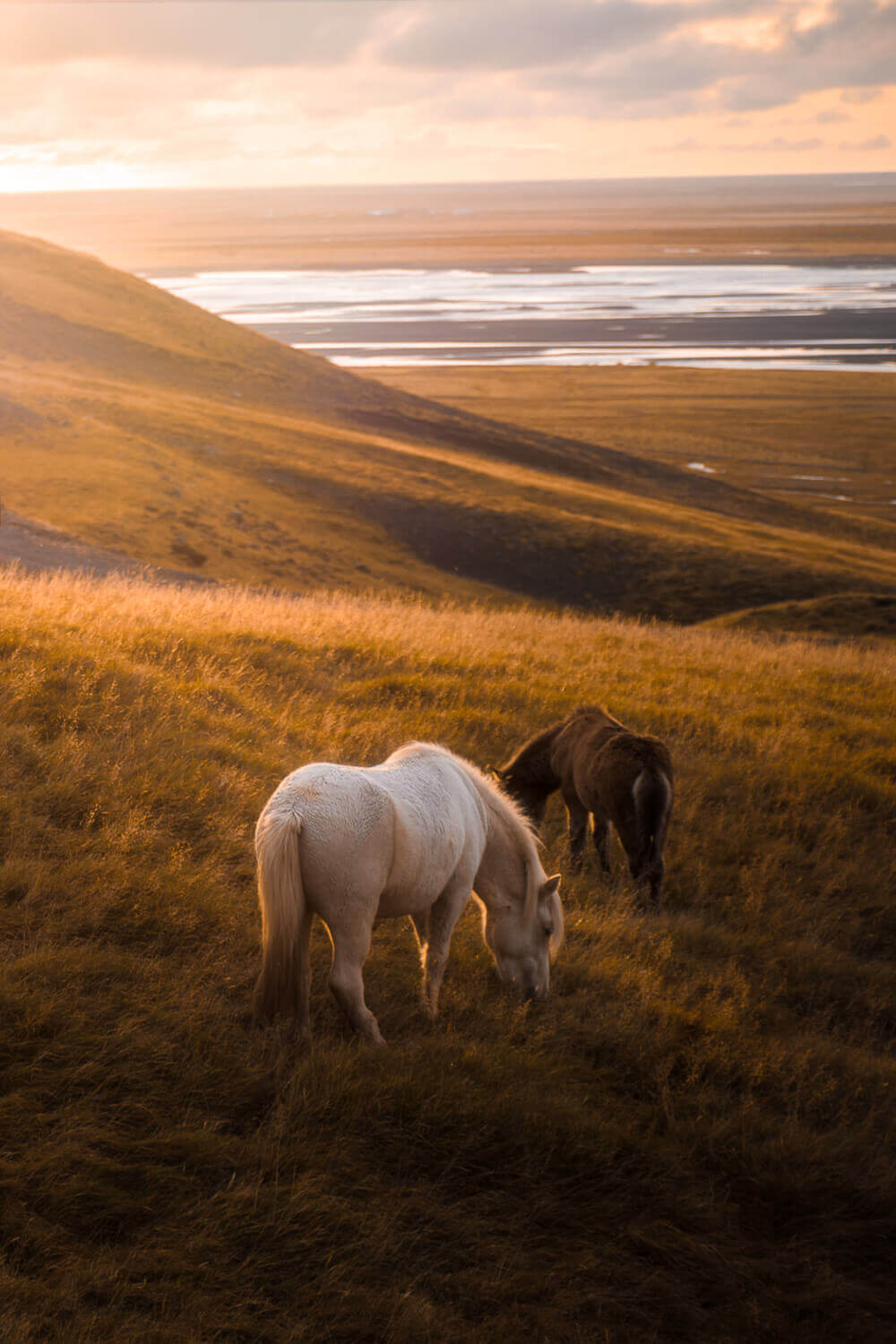
Of course, one of the biggest travel attractions of Iceland is the opportunity to witness and photograph the Northern Lights, or ‘Aurora Borealis’. Astonishing is an understatement.
“Tears started to fill my eyes as I finally got the chance to watch the sky do the most beautiful dance.”
Steph Vella
Years of dreaming and anticipation all lead up to this moment. After driving around for a few hours trying to catch a glimpse, we almost gave up hope, when all of a sudden we saw a slight glow above us. We quickly pulled the car over and tears started to fill my eyes as I finally got the chance to watch the sky do the most beautiful dance. My whole world stopped for those few minutes and even though there were plenty of people around me, it felt as if I was the only one there.
When photographing the Aurora, I recommend shooting at a wide-open aperture (f2.8 if you have it), as it will allow you to have a faster shutter speed. I found 4-6 seconds worked well for me, which will still allow you to capture the detail in the fast-moving lights.
It is also important to note that the Aurora is very bright in the night sky, which means that any foreground in your composition will likely be underexposed (unless lit by an additional light source), so there is a good chance you may need to shoot two separate exposures, one for the foreground and one for the sky.
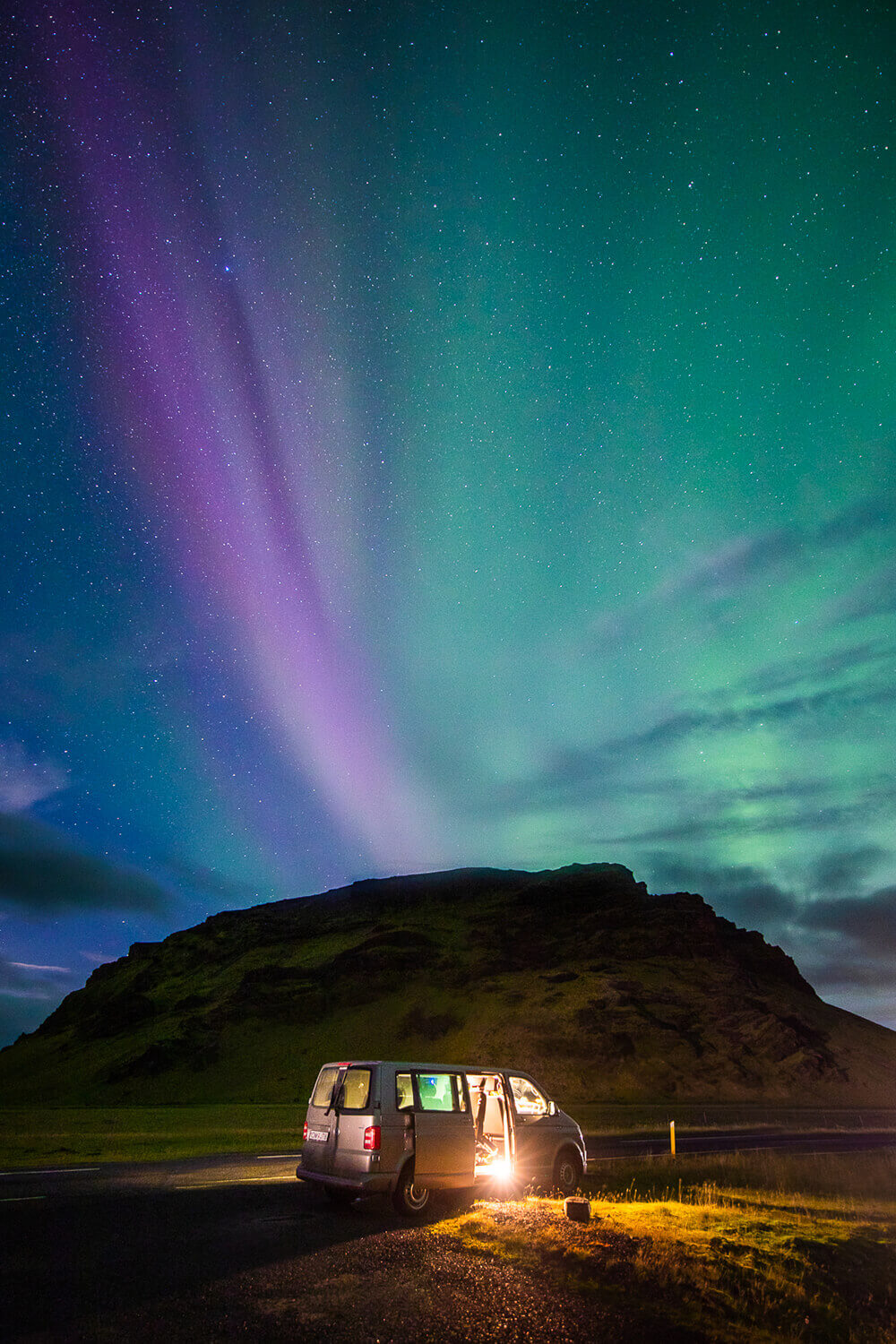
Learn more about shooting the northern lights with these tips.
When I travel I always carry a wide-angle lens (15-30mm), a mid-range lens (EF 24-70mm F2/8L II USM) and a telephoto lens (EF 70-200mm f/2.8L IS II USM). This way you can always pick the correct focal length for the scene and image you are trying to create.
“When it comes to photography in Iceland, you need to be prepared for all types of shooting conditions.”
Steph Vella
Extra Batteries: Be sure to carry plenty of charged batteries for your camera, as the cold climate reduces the length of the battery life. Nothing is worse than running out of battery whilst shooting a scene! Keep your batteries as warm as you can by storing them in your pockets.
Extra Lens Cloths: There is a lot of moisture in the air in Iceland and this can build up on your lens and affect your images. The spray from shooting anywhere near waterfalls or on the beaches also makes it difficult to shoot, so I recommend stocking up on lens cloths and always have one on hand.
Polarizer: If you have a polarizer, this will help cut the glare off the surface of the water as well as any wet rocks, which is especially handy when shooting around Iceland’s many waterfalls.
Memory Cards: You’ll be filling up your memory cards very quickly so make sure you have plenty of extras.
Portable Hard Drive: You’ll want to back up your images on a daily basis so be sure to take a hard drive.
Water Protection: Make sure you have an umbrella and/or waterproof cover for your camera bag. You never know what the weather will do in Iceland, but it’s likely you will encounter a downpour at some point or another.
First Aid Kit: I always carry one with me everywhere I go just in case.
“If you don’t like the weather in Iceland, just wait five minutes and it will change.”
a local in-the-know guide
Due to its diversity, Iceland is an incredible place to visit at any time of year. From the midnight sun in summer to the short winter days chasing the Northern Lights, it’s always haven for photographers. For the best chance of seeing the Aurora, without it being too cold, I would recommend travelling between September and November, although the Northern Lights can be spotted from late August until April.
The ever-changing weather in Iceland is part of what makes photographing it so special, but it can also be challenging. I had a tour guide once say to me, “If you don’t like the weather in Iceland, just wait five minutes and it will change.” And boy was he right! From cloudy dark skies to high speed winds and rain to bright clear sunny skies, all in the space of an hour. Iceland’s weather never lacks variety.
This also means it is best to dress in layers when travelling around Iceland, as this gives you the option to change as the weather does. You’ll also want a lightweight waterproof jacket and clothes made of quick-drying materials.
Due to its remote geography and the growth in popularity as a tourist destination, Iceland can be relatively expensive when it comes to eating out. To save some money while travelling, I recommend going to a local grocery store to stock up on snacks and lunches whilst on the road.
So, if you’re looking for an amazing travel photography destination that has one of the most beautiful and unique landscapes, then Iceland is absolutely the destination for you!
*Although friendly, It’s always important to take precaution when interacting with wild animals.
Follow Steph on Instagram or visit her website to see more of her travel and landscape photography.
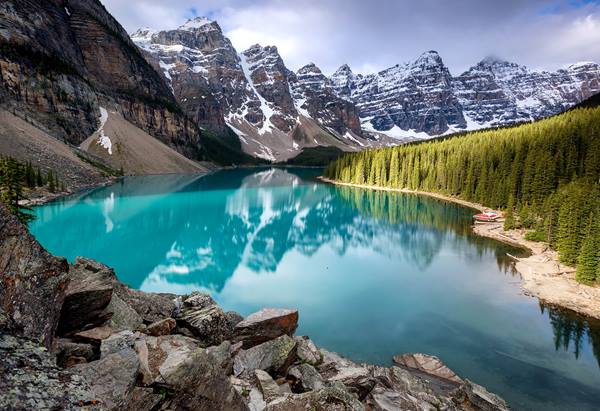
Capture the awe-inspiring landscapes of the Canadian Rockies with these indispensable tips from photographer, Tony Irving.
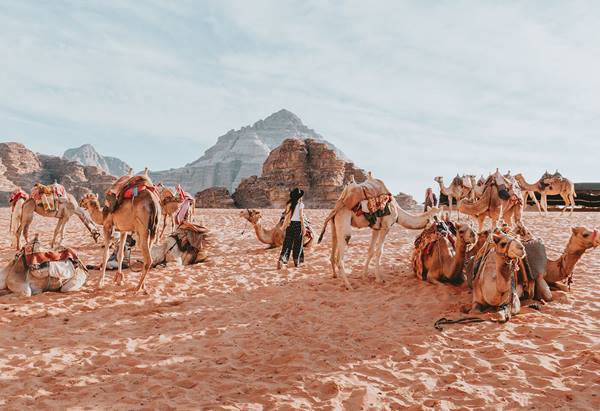
Discover the most spectacular photography locations in Egypt and Jordan with travel tips from Jona Grey.
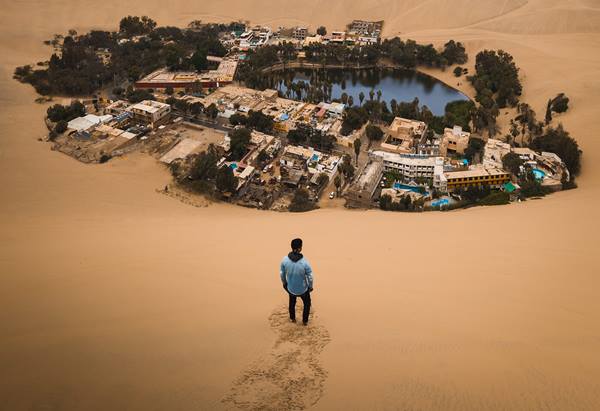
Photograph the best of Peru’s colourful culture and dramatic landscapes with this travel guide from Jordan Hammond